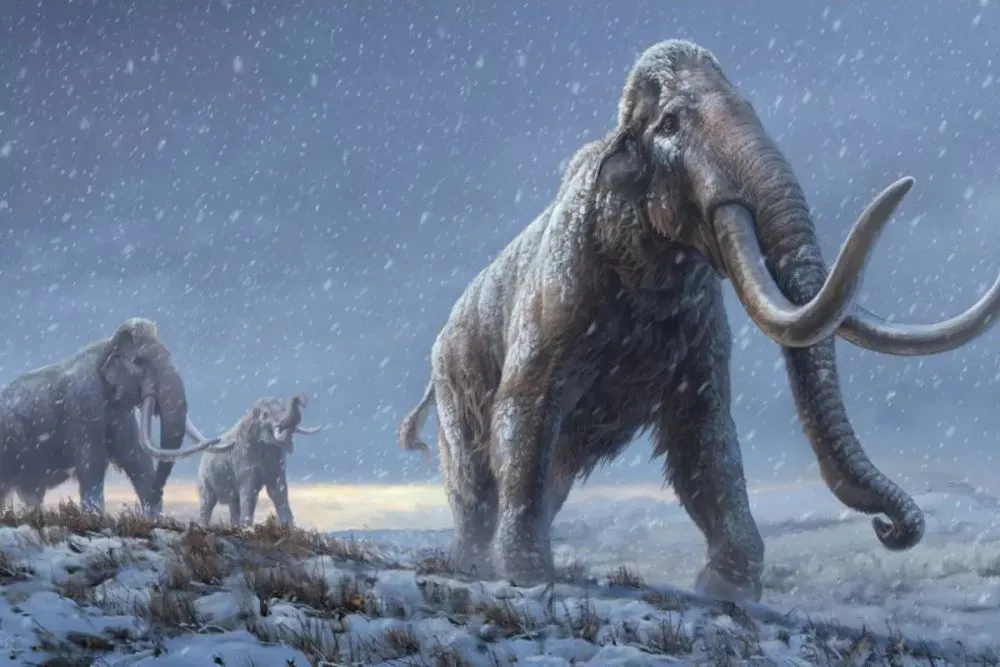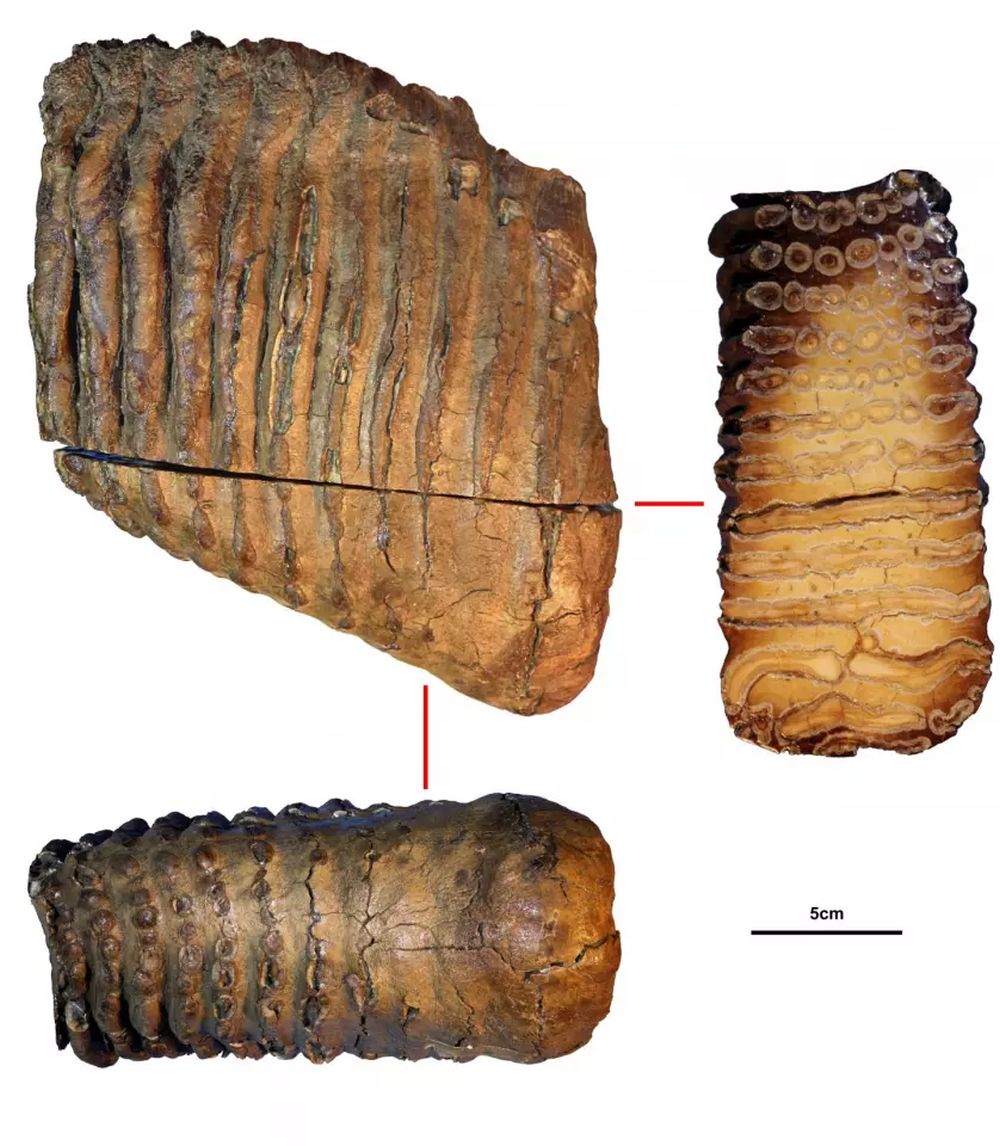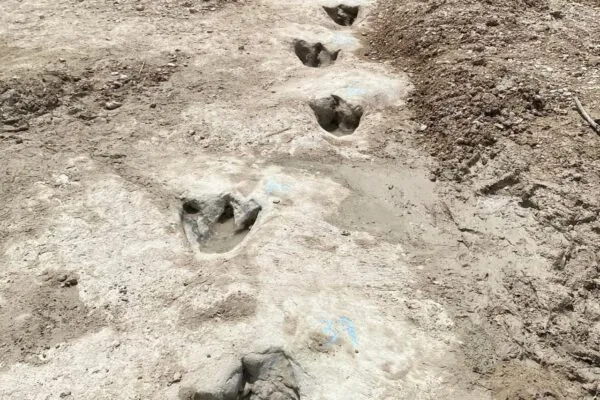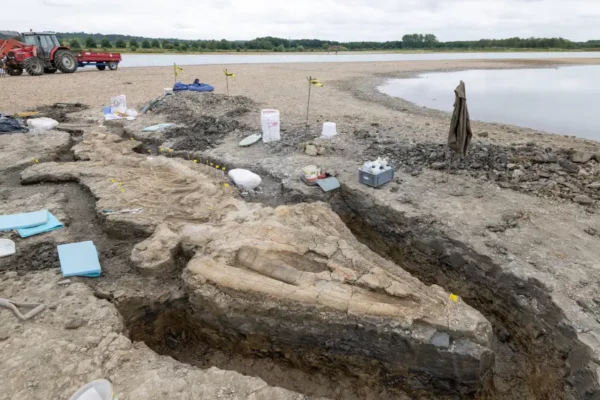World’s Oldest DNA Extracted from Million Year Old Mammoth
Paleontology – the study of the history of life on earth has always brought interesting things to light. Paleogenetics has emerged as an innovative tool to study the evolution of life on the planet. Until very recently, the oldest DNA extracted and studied was that of an Ice Age horse, which was discovered in Canadian permafrost dating back about 700,000 years. However, the world’s oldest DNA has been extracted from a 1.2 million-year-old mammoth.
The researchers at the Centre for Palaeogenetics in Stockholm, Sweden have announced their sequencing of mammoth DNA that is thought to be at least 1.2 million years old. Published in the journal Nature, the research also accounted for an entirely new species of mammoth, likely an ancestor to the Mammuthus columbi that roamed prehistoric North American lands.

The world’s oldest DNA has been extracted from a 1.2 million-year-old mammoth | Image: Beth Zaiken/CPG
Led by Dr. Tom van der Valk, the team used the mammoth teeth found in northeastern Siberia as a sample for their researcher. Three different samples were found in three separate locations – the oldest was the Krestovka mammoth, then the Adycha mammoth, and the youngest Chukochya mammoth.
The youngest mammoth was merely 500,000 to 800,000 years old, which, if found alone, could have set the record for the oldest DNA to be sequenced. However, based on the geological deposits nearby, the Krestovka specimen was discovered to date to about 1.2 million years back. Its mitochondrial DNA indicates that it may have lived as long ago as 1.65 million years. All three specimens are, however, much older than the usual woolly mammoth, which were prevalent in Eurasia beginning about 700,000 years ago.

Krestovka specimen tooth | Image: CPG
The team had to reconstruct the heavily degraded genetic sequences to process the DNA of these specimens. After a creature dies, DNA strings start to break into smaller fragments. The researchers described this task as assembling a jigsaw puzzle, in which more recent specimens and DNA of modern elephants guided their reconstruction.
Once reconstructed, the sample from the Krestovka specimen proved to be a previously unknown mammoth species. Discovering the oldest DNA sample to be sequenced and a new species of the prehistoric mammoth is a historic feat for paleogenetics as well.
This discovery also suggests that paleogenetics has the potential and possibility to rewrite the human knowledge of many prehistoric creatures, including the ancestors of modern humans. Moreover, with the rapidly changing climate, the permafrost is melting and revealing many fossils that belong to prehistoric times.


